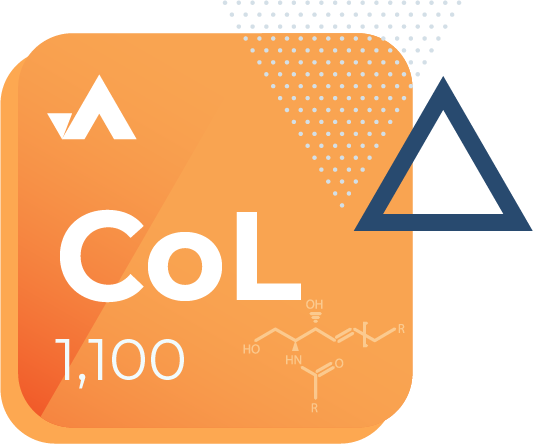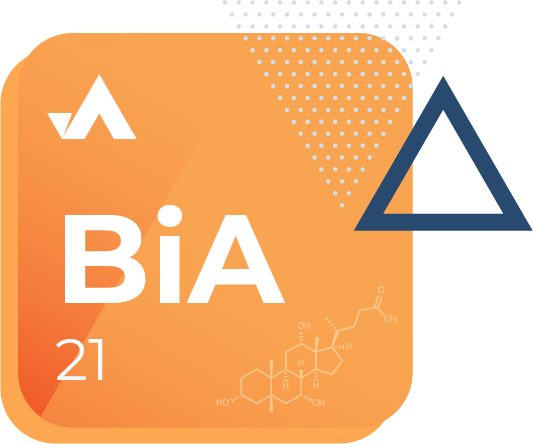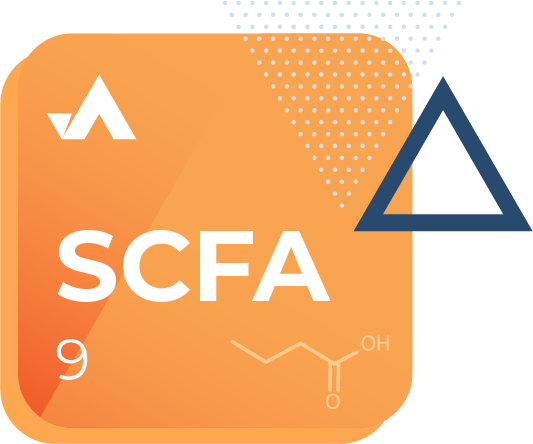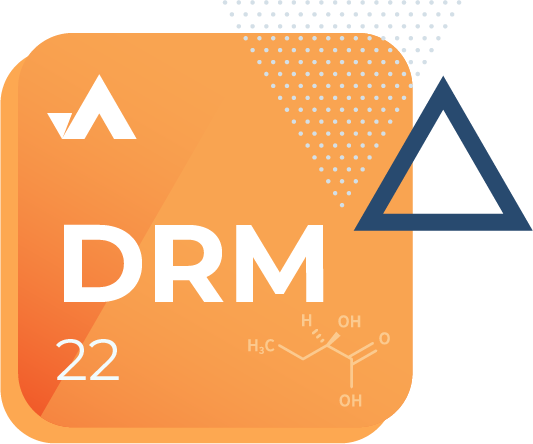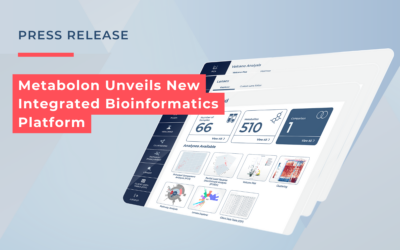Discover our NEW
Integrated Bioinformatics Platform
Data Analysis and Visualization For the Future of Life Science Research







Get Complete Coverage
Global Discovery Panel
Metabolon’s Global Discovery Panel provides the industry’s broadest class coverage from a single sample.
What Differentiates Metabolon From The Rest?
At Metabolon, we offer the largest Level 1 library in the metabolomics industry. Our proprietary library has been built and curated over 20 years and contains over 5,400 entries. The vast majority of entries in our library are Level 1 attributing approximately 85% (~4,600 entries); however, some are Level 2 (approximately 15% accounting for around 800 entries) due to a lack of commercial standards available to qualify for Level 1. Metabolon delivers accurate, highly actionable insights for our clients’ scientific or clinical inquiries due to our unmatched library breadth and industry-leading annotation confidence levels.
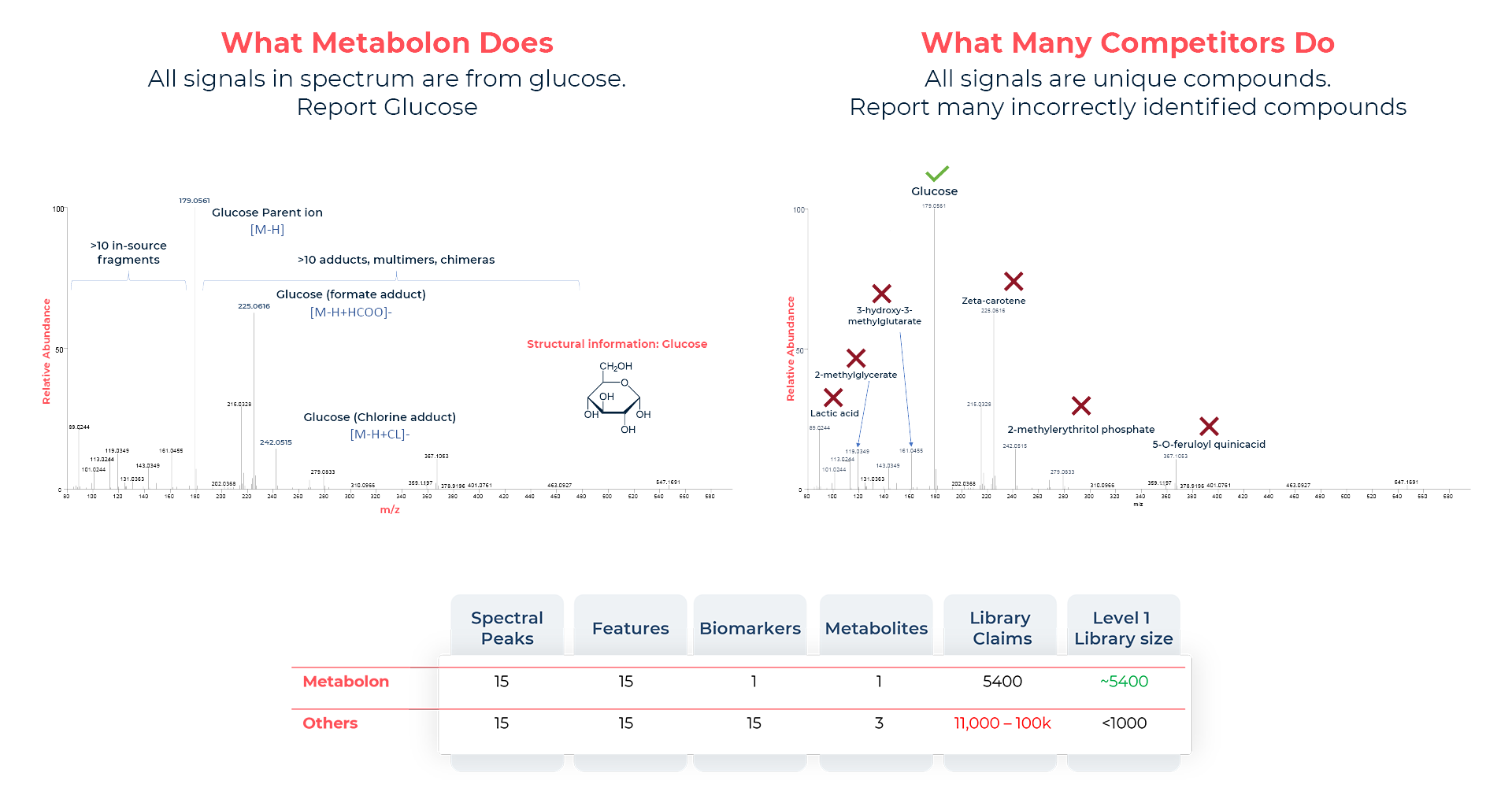
Figure 1. A comparison of how features and metabolites are reported using an LC-MS spectrum of glucose. Metabolon will report only an annotated metabolite that has been matched with an authentic standard. Other service providers claim all signals are unique compounds and will report many incorrectly.
We Offer the Largest Level 1 Library in the Metabolomics Industry
To distinguish between confidence levels in annotation accuracy, the metabolomics standards initiative (MSI) in 2007 proposed four identification levels, which were later expanded to five levels (Figure 2). Within each level, the approach to annotating metabolites is different and depends on the level of confidence required by the established standards.
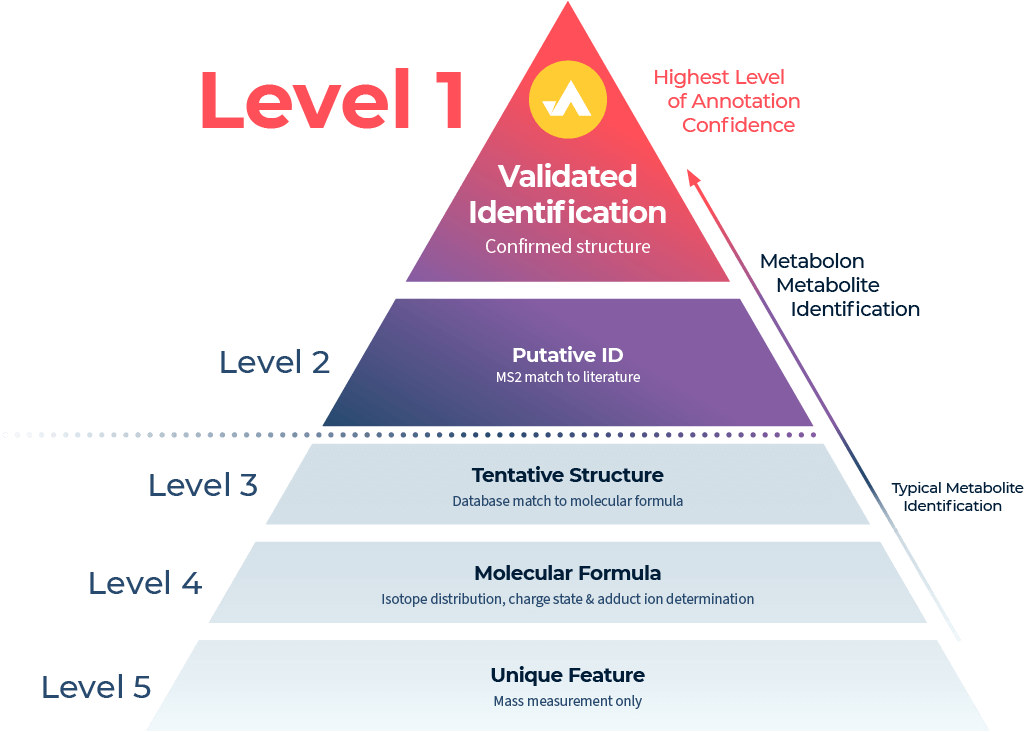
Figure 2. The identification levels that were established to provide confidence in annotations. Level 1 has the highest stringency requiring m/z, RT, and MS/MS of a measured feature against an authentic chemical standard.
Services
Advancing Life Science Research & Improving Health
Our untargeted metabolomics technology provides a high-fidelity, reproducible analysis of the current state of a biological system using relative quantitation for your metabolomics studies.
Our targeted panels and assays cover more than 1,000 metabolites and lipids across a wide range of biochemical classes, metabolic pathways, and physiological processes, and they can be customized to best fit any application.
The Complex Lipids Panel is the only available panel providing both quantitative compositional analysis and complete speciation data for unparalleled insight into the lipidome.
This panel provides targeted quantitation of nine short chain fatty acids in either feces or plasma samples. It is available as a Research Use Only (RUO) or Good Clinical Practice (GCP) panel and has applications in gut health, neuroscience, and COVID research.
The Diabetes Research Markers Targeted Panel offers absolute quantitation of 22 metabolites in a single blood sample, allowing you to quantify the levels of key analytes recognized as bioactive promoters and detractors for healthy glucose metabolism.
Explore our full range of products
Advance your Research with a Metabolomics CRO
Metabolomics applies to a wide range of research, from soil health to food nutrition and preclinical research to clinical trials. Whether you’re searching for trends in a group or refining an individual’s treatment, metabolomics can help you find answers to important questions.
The Gold Standard for Actionable Metabolomics
At Metabolon, we have spent over 20 years optimizing metabolite identification, driving greater process efficiencies with automation, and incorporating machine learning into metabolite identification, ensuring the highest quality and most accurate data generation on the market. This differentiates Metabolon from the rest.
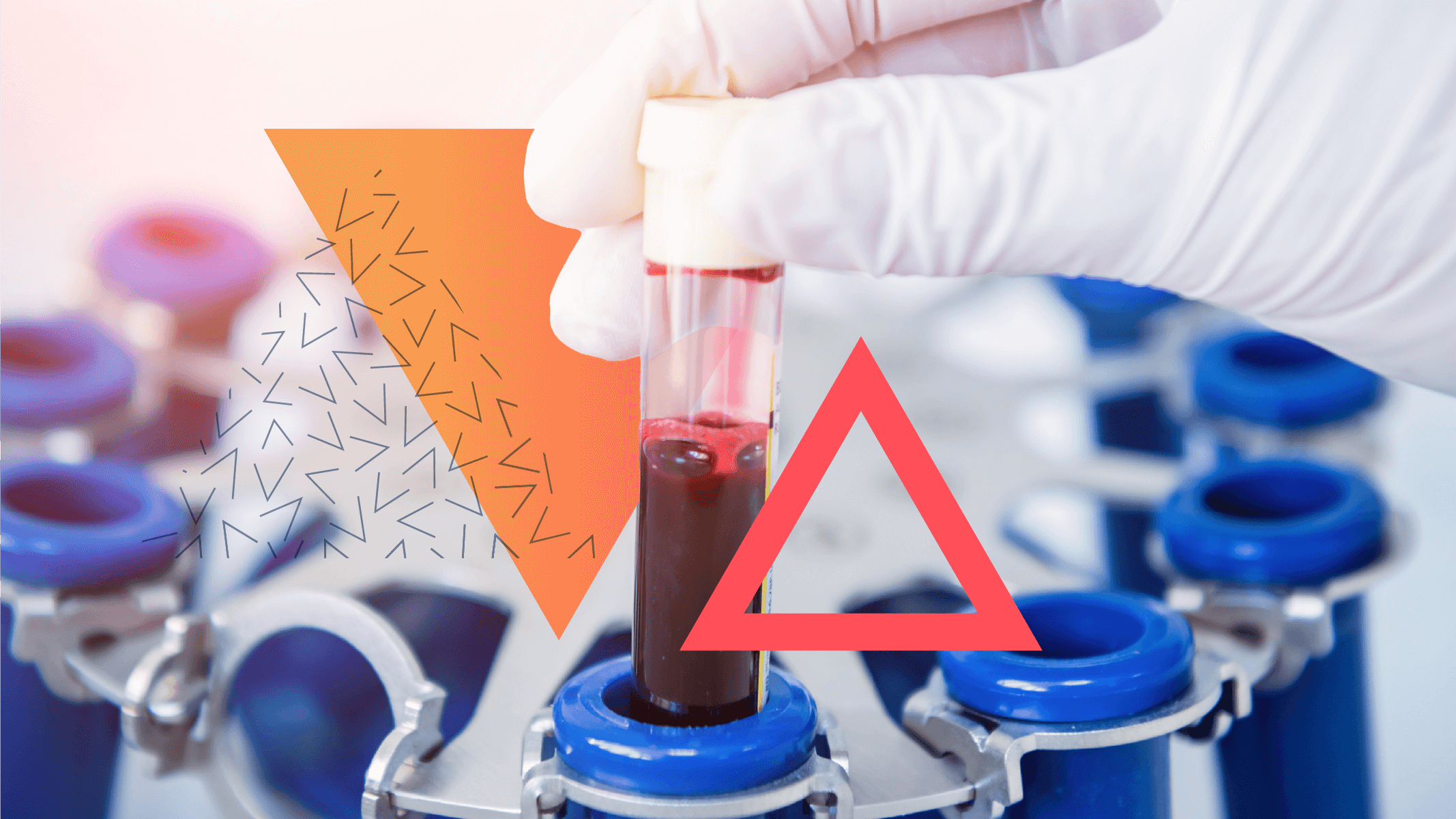
Featured Article
Metabolon’s Metabogenomics™ enables integration of metabolomics and genomics data for the discovery and validation of metabolite-gene linkage, providing insights into the relationship between the presence of genomic variants and the measurable alterations in metabolites within biochemical pathways. This metabolite-gene relationship enables the cataloging of genetically determined metabotypes for potential utility in screening, risk prediction, stratification, and mechanistic insights into disease causality.
Featured Article
Metabolon’s Metabogenomics™ enables integration of metabolomics and genomics data for the discovery and validation of metabolite-gene linkage, providing insights into the relationship between the presence of genomic variants and the measurable alterations in metabolites within biochemical pathways. This metabolite-gene relationship enables the cataloging of genetically determined metabotypes for potential utility in screening, risk prediction, stratification, and mechanistic insights into disease causality.
Latest Events
Careers
We strive to be a workplace where people feel valued and recognized. Through our collective commitment to patients and our customers, we bring our values to life.
Strategic Partnerships
We partner with numerous clinical, biopharma, and population health organizations.
Our Company
As the global leader in metabolomics, Metabolon’s mission is to deliver biochemical data and insights that expand and accelerate the impact of life sciences research in all its applications.
Contact Us
Ask questions about how metabolomics can advance your research, request information on sample types and handling procedures, or get a quote for services.



